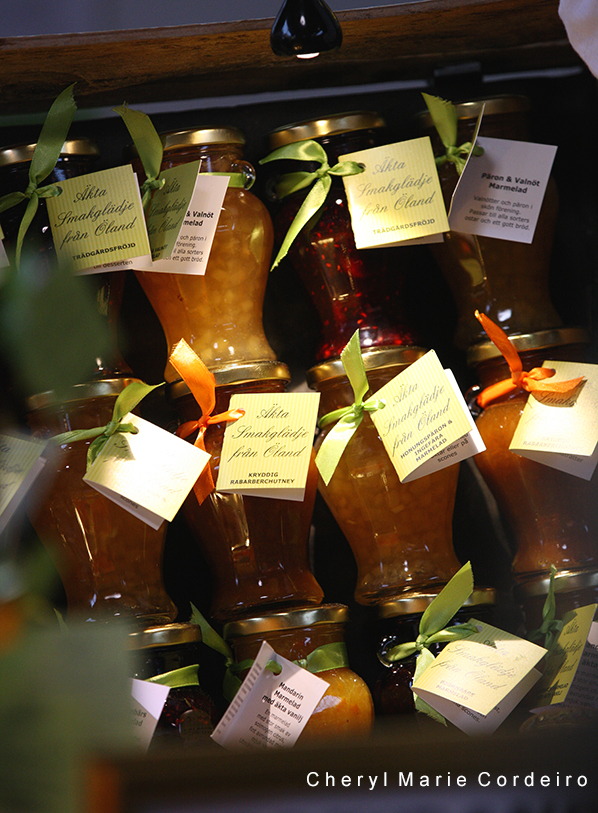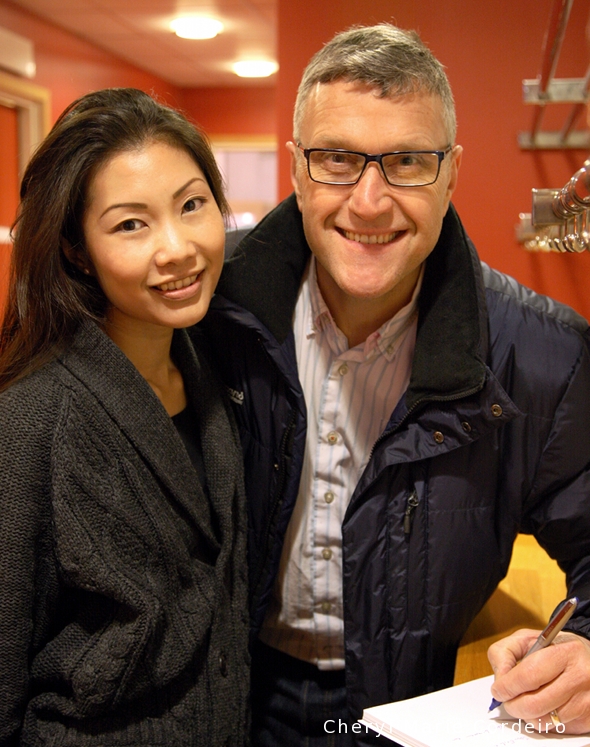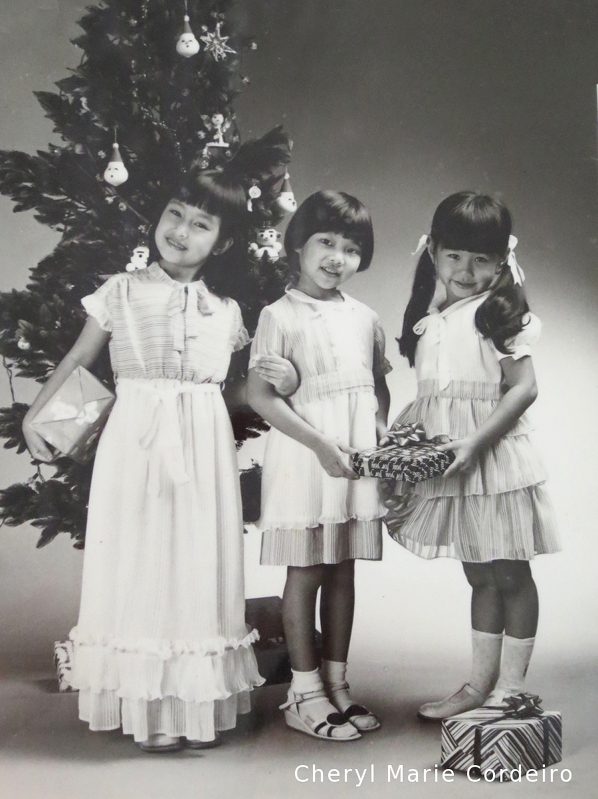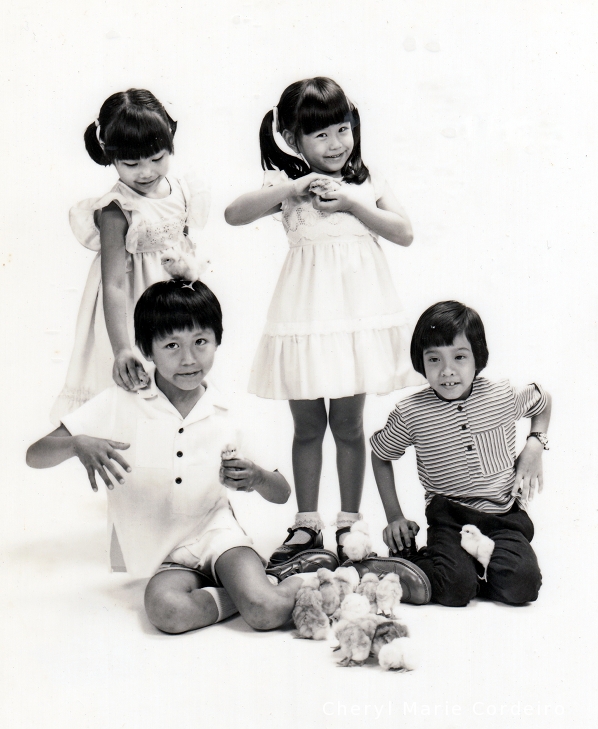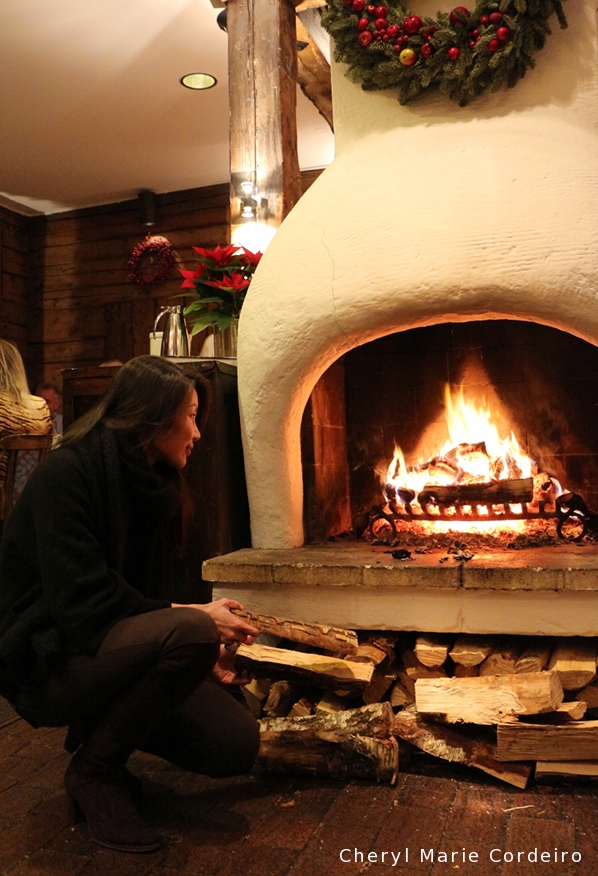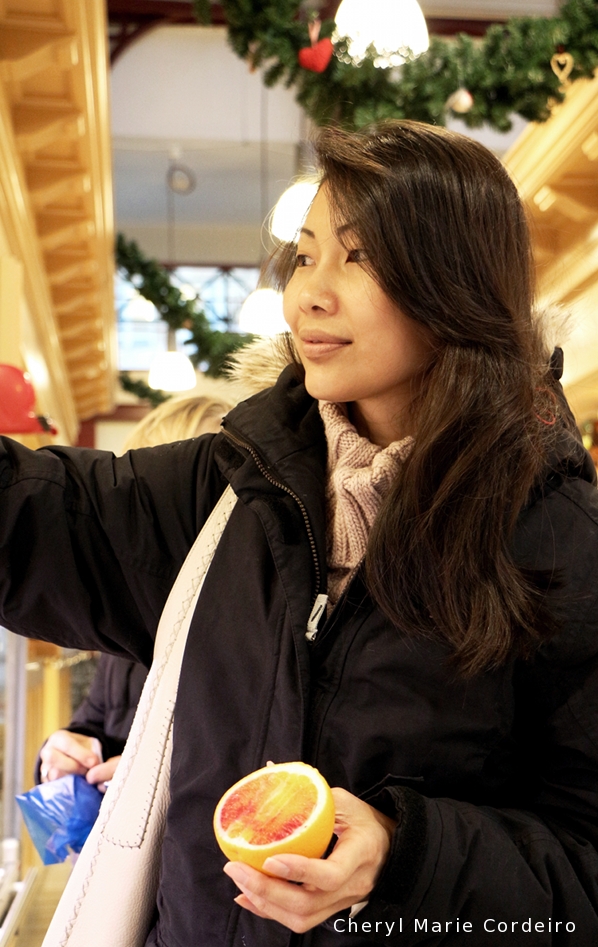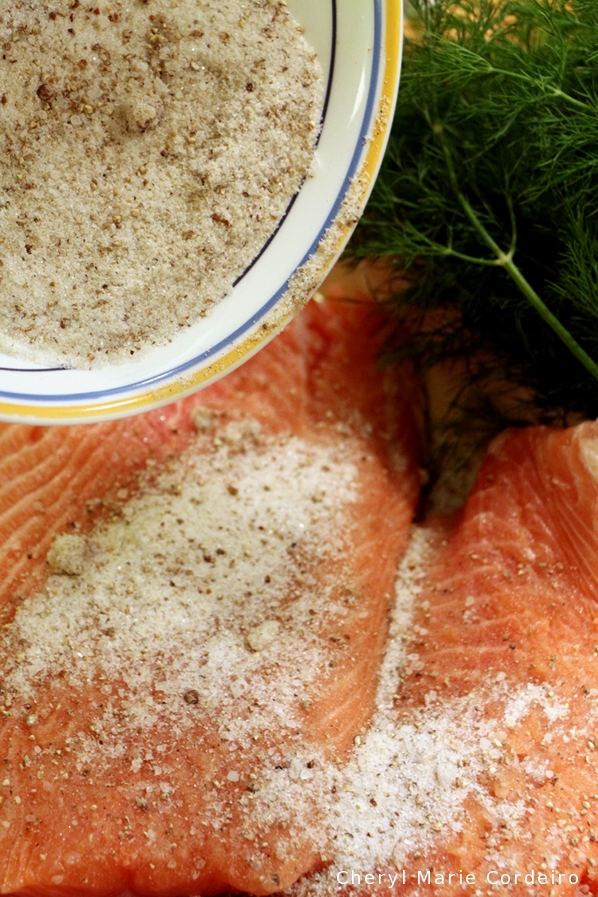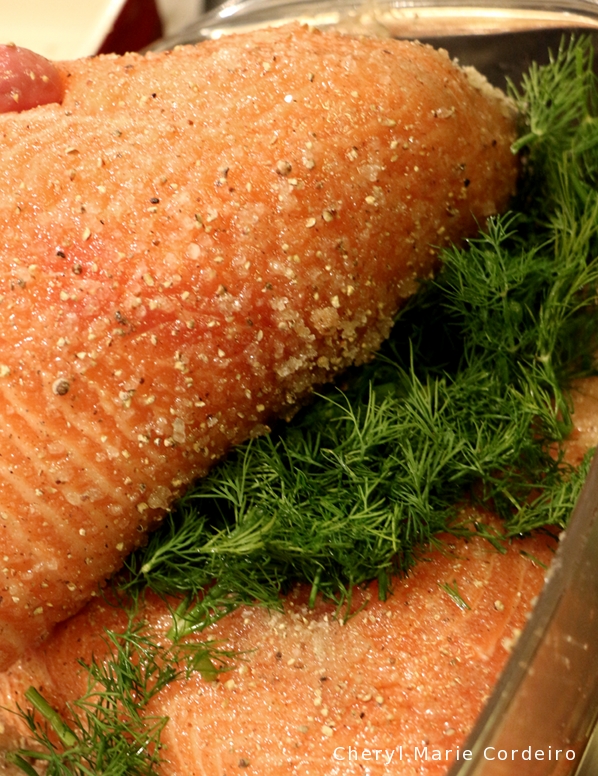
Ted Österlin, CEO / Owner of Noble House AB.
Text & Photo © JE Nilsson, CM Cordeiro 2014
Introduction: knowledge intensive economies
Whilst manufacturing production in many OECD countries has declined in recent decades, services however, are on the rise. On average services now account for about 70 percent of OECD GDP. The culinary and gastronomy industry lies within the grey area in the definition of OECD-WTO Trade in Value Added (TiVA) derived from services embodied in the exports of manufactured goods. In the case of Sweden, the country’s services sector has continued to grow from the early 2000s, when its share of the workforce employed within services increased from 67 to 75.2 percent just between the years of 1989 and 2003. Today, Sweden has about 42 percent of its workforce in services-related occupations in manufacturing [1].
In the past decade, the debate on creativity as a driving force for regional economic development in the context of the third wave of globalisation within the academic realm of international business studies has been increasing [2,3,4,5].
Empirical findings seem to point towards that knowledge and service oriented economies have three characteristics in common that encourage innovation:
- First, is the need for firms over time, to reduce technical and economic uncertainty.
- Second, interactions with outside parties are necessary.
- Finally, immediate presence and face-to-face contact remains important because of trust building and tacit knowledge transfer [6].
These three points converge in constellations of individuals who share similar values and world views, firms in industrial clusters or other agglomerations of various kinds. The continuous interlocution between people, place and firm, is what drives a region and gives it its brand. In the past few years, the city of Gothenburg has focused its efforts on being the centre of gastronomic activities. It is currently recognised as Sweden’s Culinary Capital, and September 21-24 will see the city host the World Food Travel Summit with the theme, New Wave in Food Tourism.
It is in this context of Sweden’s growing services industry, and the exchange of knowledge between Sweden and Asia / South-east Asia, that I met with CEO and Owner of Noble House AB, Ted Österlin, at this year’s Passion för Mat.
Continue reading “Towards agglomerating tacit knowledge and regional expertise: Ted Österlin, Noble House Sushi, Passion för Mat 2014”
